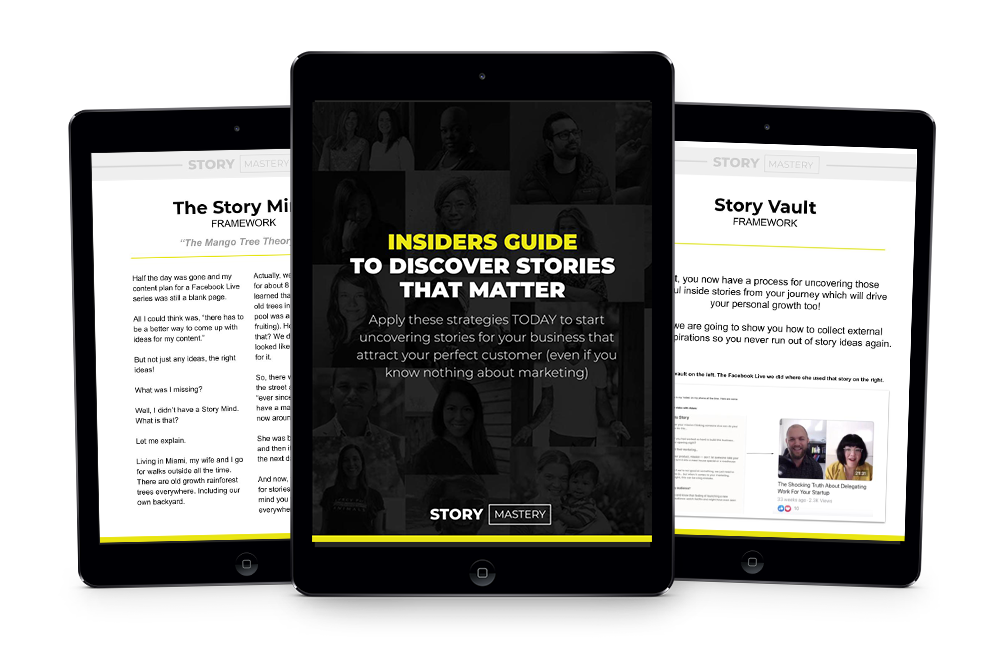Rod Yapp: Next Level Business with High-Performance Leadership

Listen to our exclusive interview with Rod Yapp: Subscribe to this show on Spotify | iTunes | Stitcher | Soundcloud What makes a great leader in today’s world? Has leadership changed over time? Rod Yap is a high-performance leadership expert who answers those questions for us in this discussion. Rod Yapp is a former Royal […]
Gessie Schechinger: Earn More Revenue with Smart Selling and Tech

Listen to our exclusive interview with Gessie Schechinger: Change Creator · Gessie Schechinger: Earn More Revenue with Smart Selling and Tech Subscribe to this show on Spotify | iTunes | Stitcher | Soundcloud What are some strategies you can consider and test to sell better as an entrepreneur? We find out from Gessie Schechinger who […]
Peter Montoya: Becoming a Transformational Leader For a Better Future
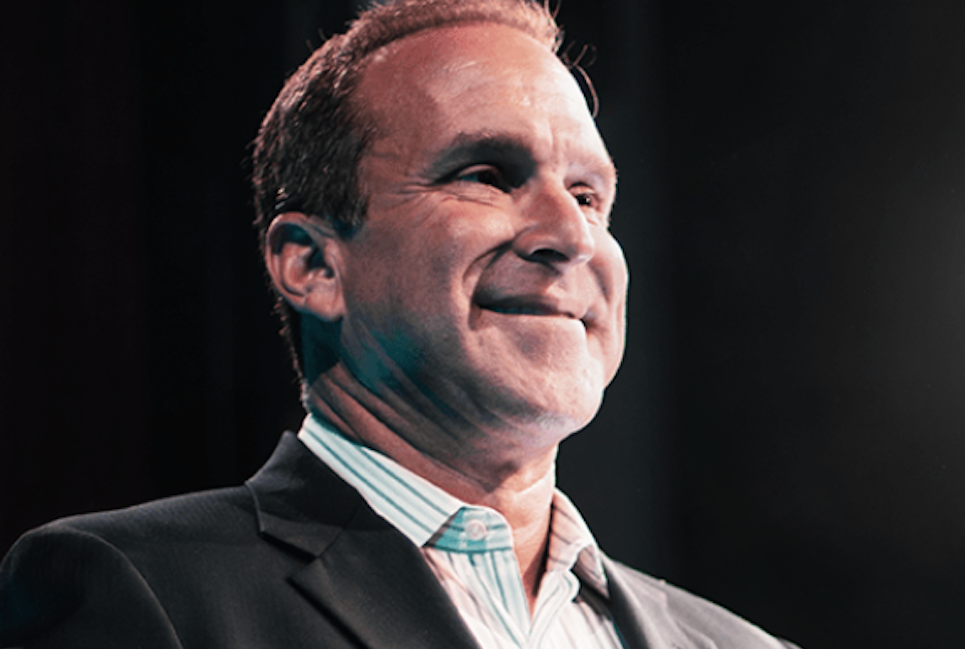
Listen to our exclusive interview with Peter Montoya: Subscribe to this show on Spotify | iTunes | Stitcher | Soundcloud What is transformational leadership and why does it matter to your business today? Find out with expert Peter Montoya who has been an entrepreneur for over 30 years, a best-selling author and keynote speaker. Most […]
Maddy Martin: Increase Sales and Impact With Messenger AI Strategies

Listen to our exclusive interview with Maddy Martin: Subscribe to this show on Spotify | iTunes | Stitcher | Soundcloud Are you leaning into modern marketing solutions that will allow you to help more people and scale impact? We spoke to the head of growth and education at Smith.ai. Maddy Martin is the head of […]
Jennifer Priest: Grow Your Startup With Organic Traffic on Pinterest
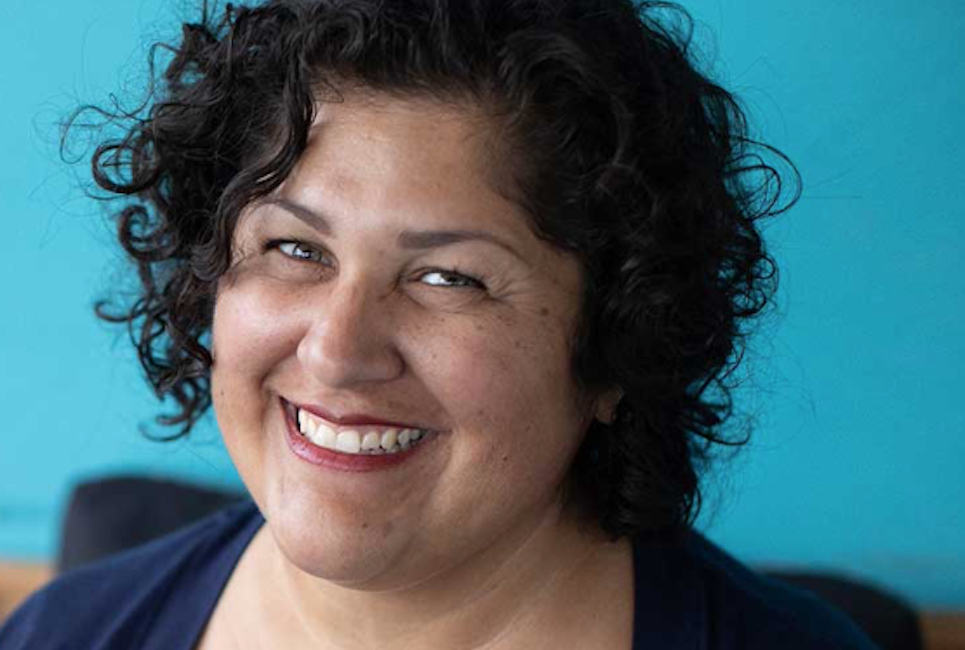
Listen to our exclusive interview with Jennifer Priest: Subscribe to this show on Spotify | iTunes | Stitcher | Soundcloud Need more traffic? Maybe Pinterest is a place for you to start exploring? We speak to the founder of Smart Creative Social, Jennifer Priest to learn more about organic traffic on Pinterest. As a digital […]
Kenn Costales: Growing Leads and Revenue Faster for E-commerce

Listen to our exclusive interview with Kenn Costales: Subscribe to this show on Spotify | iTunes | Stitcher | Soundcloud How is the market-place shifting today due to the pandemic and what can you do to continue growing leads and revenue for your e-comm biz? The founder of Monolith Growth, Kenn Costales, who was on the […]
Charlie Hartwell: What Investors in the Social Impact Space Look For in a Startup
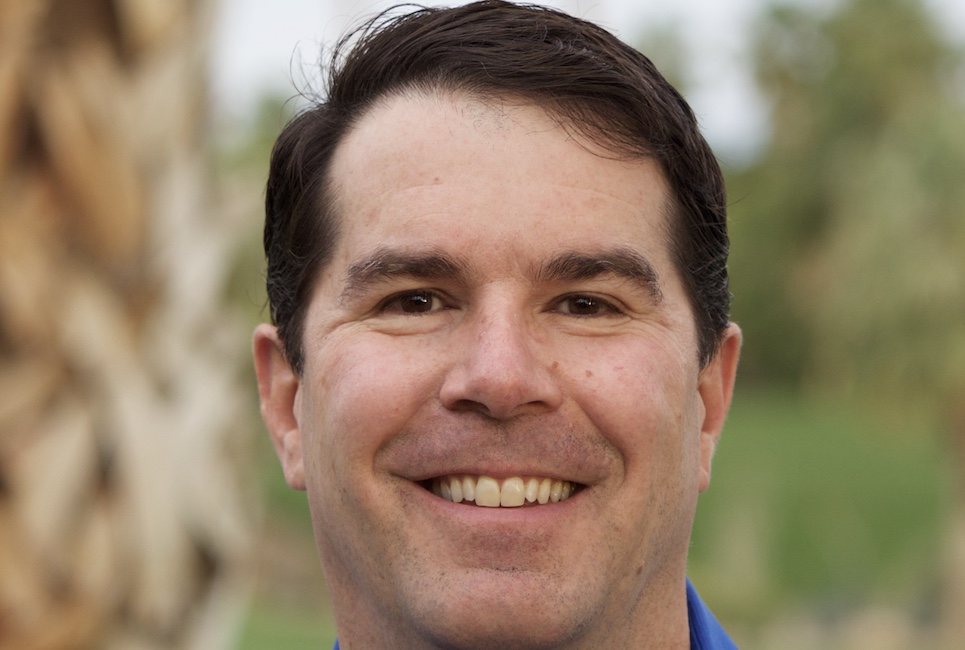
Listen to our exclusive interview with Charlie Hartwell: Subscribe to this show on Spotify | iTunes | Stitcher | Soundcloud If you’re looking for investment, what do you need to know today? We asked the managing partner of Bridge Builders Collaborative to find out from his perspective as an investor. About Charlie: Charlie Hartwell is […]
Russel Brunson: How to Get Tons of Traffic to Your Funnel
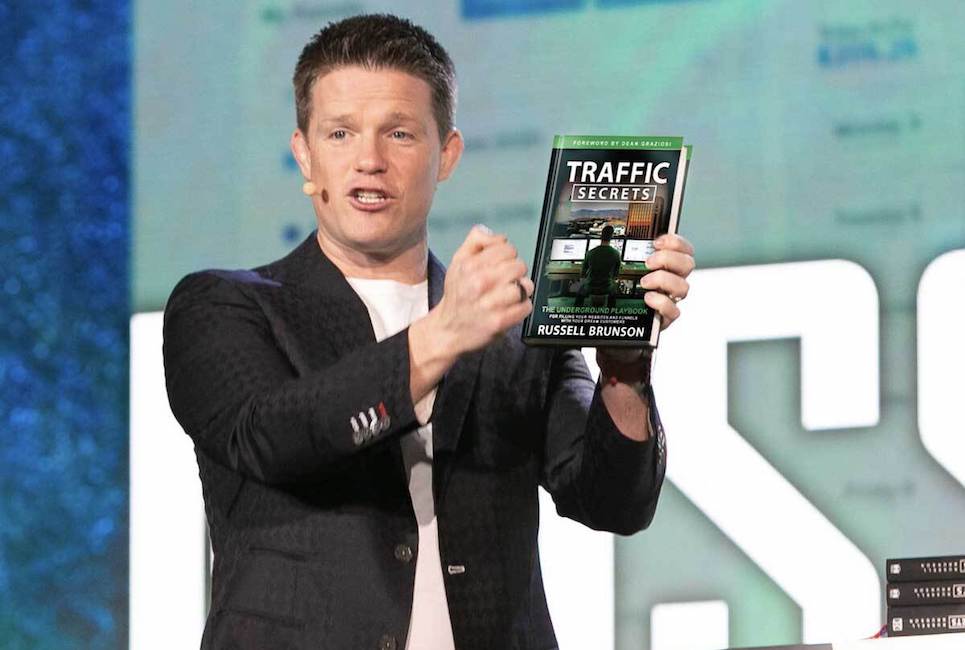
Listen to our exclusive interview with Russel Brunson: Subscribe to this show on Spotify | iTunes | Stitcher | Soundcloud Online traffic is a must today if you want to scale your impact! So, what does it take to get A LOT of traffic to any website or funnel? To answer that question, Clickfunnels founder, Russell […]
Steve Cockram: Become a Leader People Want to Follow
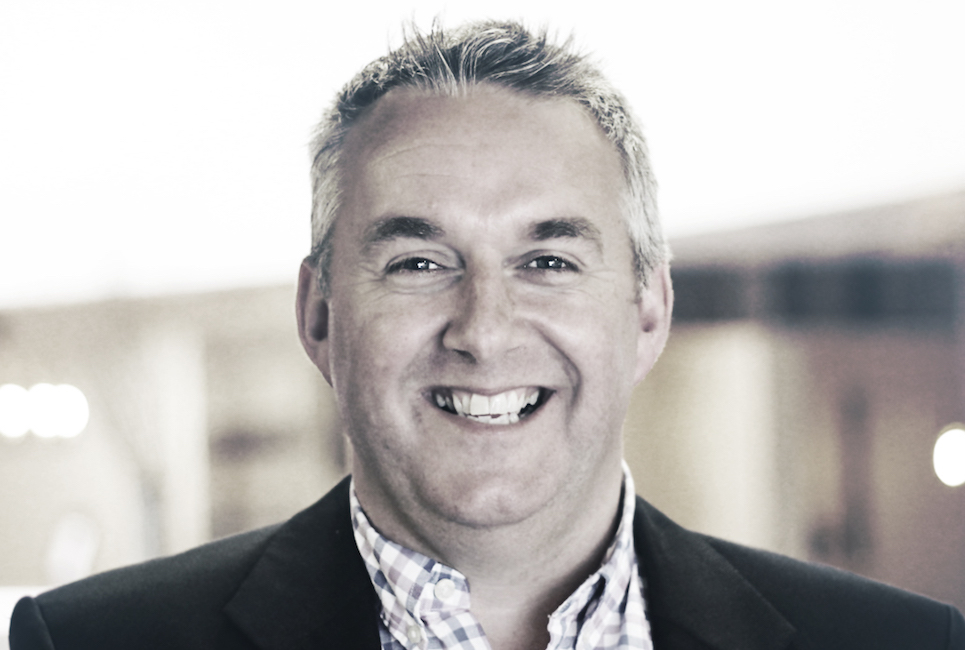
Listen to our exclusive interview with Steve Cockram: Subscribe to this show on Spotify | iTunes | Stitcher | Soundcloud We all have an inner leader waiting to take on the world, but how do we make that come to life? We spoke with expert and author, Steve Cockram to find out. Steve Cockram (UK) […]
Dan Hill: How to Read Facial Expressions for Business Success

Listen to our exclusive interview with Dan Hill: What if you could get more information beyond what a potential customer was saying to you, to better understand how to navigate the conversation for a sale? Well, expert Dan Hill, talks to us today about reading facial expressions to do just that!! Dan Hill, Ph.D., is an […]
Jim Lawless: Overcoming Fear and Operating With Risk
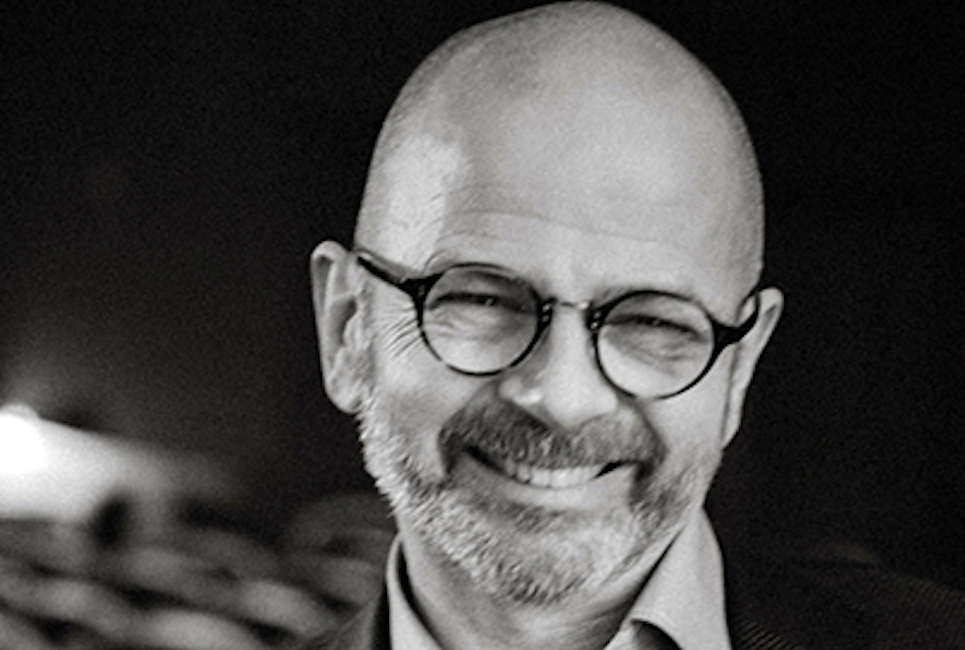
Listen to our exclusive interview with Jim Lawless: Subscribe to this show on Spotify | iTunes | Stitcher | Soundcloud What if you could start doing things that you never thought you could do? How would your life and business change? In this episode, we speak with a top-ranking expert about overcoming fear and operating with […]
Adam & Amy: Breaking Down Marketing Misconceptions (And What You Need to Know)

Subscribe to this show on Spotify | iTunes | Stitcher | Soundcloud Many of us believe that if we have a website, numerous social media accounts, and learn a few marketing ‘tactics’ our business will suddenly take off. We spend so much time on tactics and distribution (should I start a podcast? what about Pinterest? […]
Jacob Morgan: The Future Leader & The Skills & Mindset They Need Today

Listen to our exclusive interview with Jacob Morgan: Subscribe to this show on Spotify | iTunes | Stitcher | Soundcloud What does the future of work looks like and what are the critical skills and mindset leaders need to succeed today? We spoke to entrepreneur and 4-time best selling author, Jacob Morgan to find out. […]
Travis Chambers: Scaling Your Marketing With Smart Video Strategy

Listen to our exclusive interview with Travis Chambers: Subscribe to this show on Spotify | iTunes | Stitcher | Soundcloud Travis Chambers knows viral videos. He was inadvertently launched into the social video marketing world with one — a short video of him and his wife “being dumb” (his words, not mine!) that he produced while still in college. […]
Bob Berry: Mastering User Experience to Grow Your Biz

Listen to our exclusive interview with Bob Berry: Change Creator · Bob Berry: Mastering User Experience to Grow Your Biz Subscribe to this show on Spotify | iTunes | Stitcher | Soundcloud Are you providing your clients with the best user experience so you can grow your business effectively? Bob Berry is a user experience […]
Mandy Barbee: Overcoming Stressors to Thrive with Your Biz and Life

Listen to our exclusive interview with expert, Mandy Barbee Change Creator · Mandy Barbee: Overcoming Stressors to Thrive in Business and Life Subscribe to this show on Spotify | iTunes | Stitcher | Soundcloud As entrepreneurs, we all face challenges with anxiety, stress and mental blocks that hold us back! But what if we can overcome them? We spoke with […]
Alli Ball: Turn Your Knowledge into a Thriving Digital Business
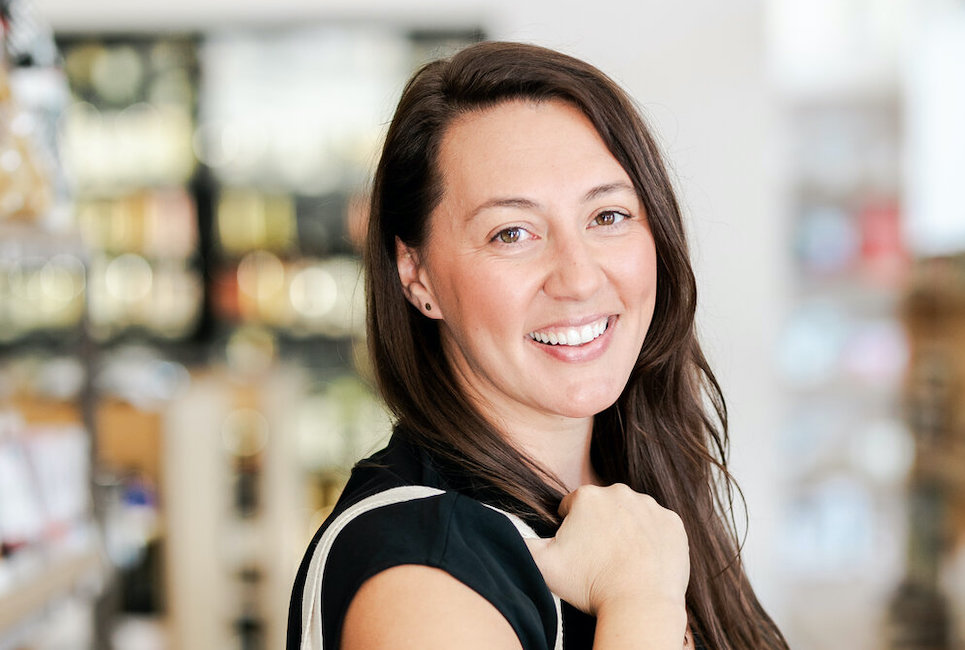
Listen to our exclusive interview with Alli Ball: Subscribe to this show on Spotify | iTunes | Stitcher | Soundcloud What if you have a skill and expertise that could help a lot of people? How do you scale that into a thriving business today? We spoke to the founder of Retail Ready, Alli Ball, to find out. Alli is […]
JV Crum III: What it Takes to Scale a 7-Figure Meaningful Podcast

Listen to our interview with JV Crum III! Subscribe to this show on Spotify | iTunes | Stitcher | Soundcloud If you want to make a difference in the world with a podcast, how do you make it profitable? We asked serial entrepreneur and podcasting expert, JV Crum, who reaches over 12 million listeners. He became a self-made millionaire in […]
Magento vs WooCommerce: Which is The Most Elite E-commerce Channel?

Principally, the expedition to hinge on the most pertinent e-commerce platform might seem a little nerve-cracking at times. To all iron-willed merchants who intend to make massive sales, it goes beyond the basics. In that context, I’ll presume that if you’re reading this piece, maybe you want to join the e-commerce bandwagon and make a […]

